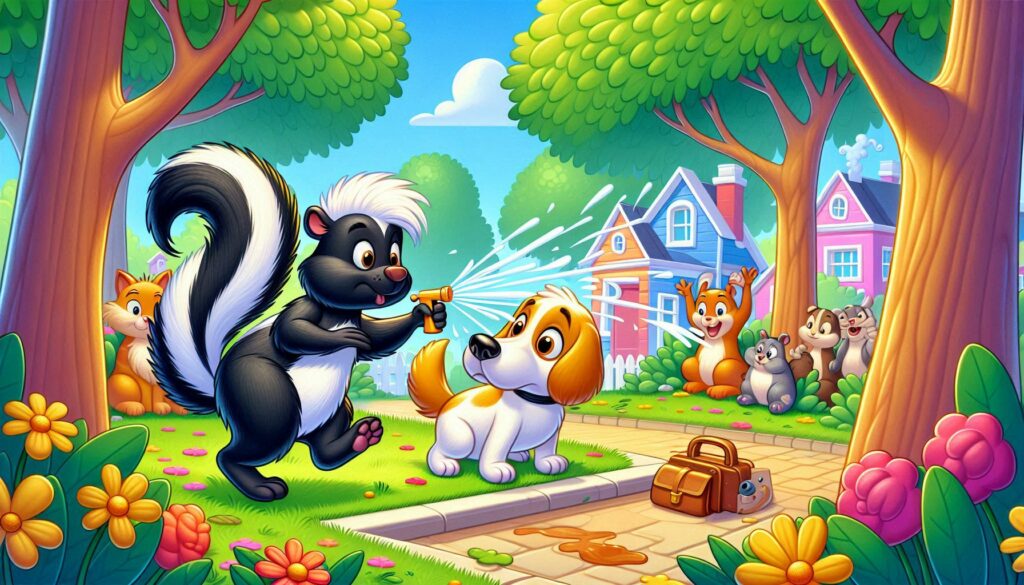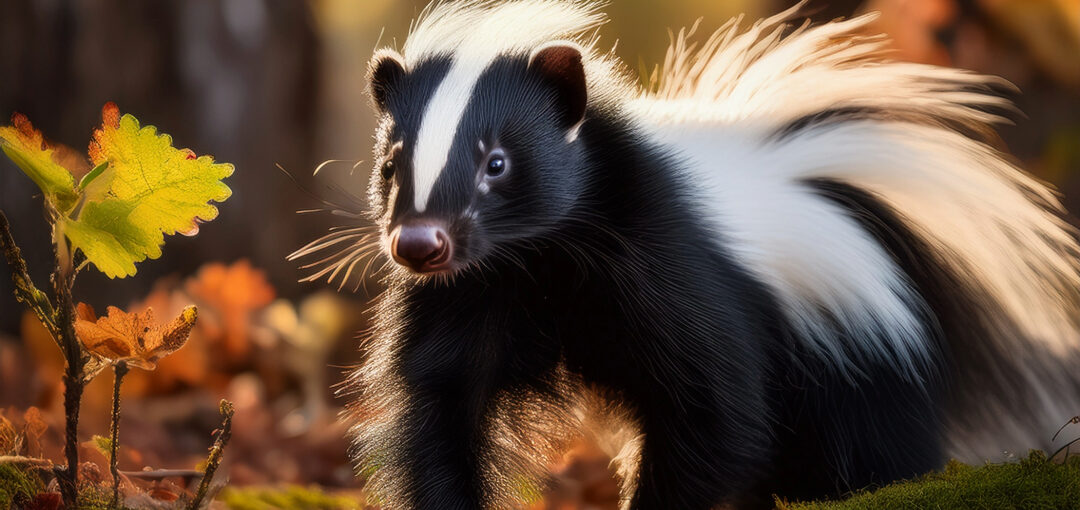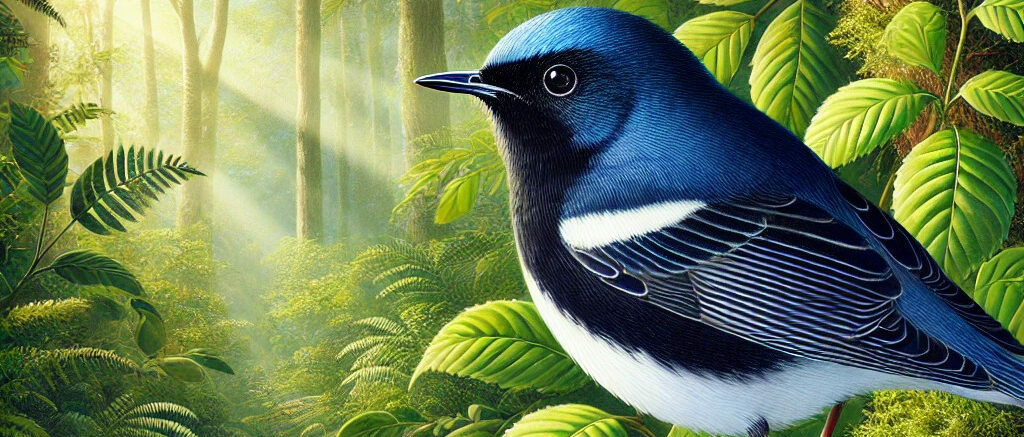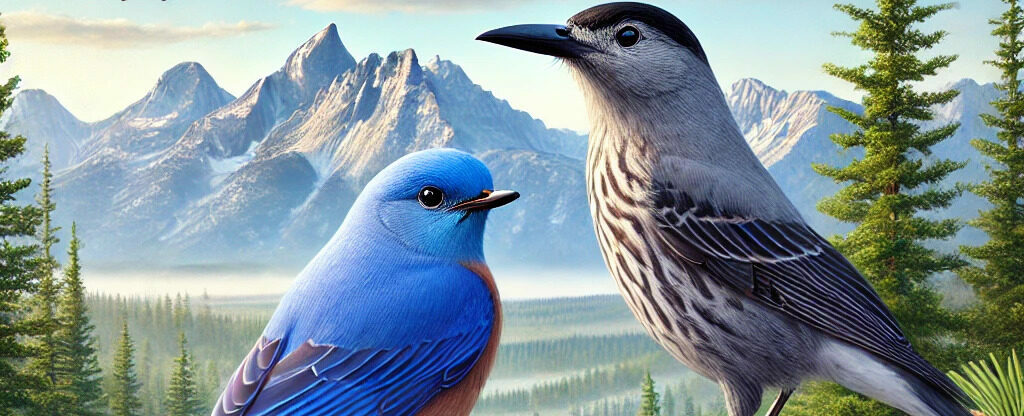Skunks might seem like mysterious creatures, lurking in the shadows of our backyards, but there’s more to them than meets the eye. These critters have four main types of species that you’ll find across different regions. The striped skunk is probably the most familiar to people living in North America, while others like the spotted, hog-nosed, and hooded skunks are spread across various territories.
There’s a lot of hype around skunks, mostly due to their reputation for that unmistakable spray, but don’t let that scare you off. They’re often misunderstood creatures. Their spray is their last line of defense and not something they use freely or without reason. In fact, they’d rather avoid conflict altogether.
Skunks have their own real estate preferences, too. They typically set up camp in burrows, abandoned animal dens, or even underneath decks and porches. These digs are prime locations for a few reasons: they’re safe havens from predators, and they provide comfort and protection from harsh weather.
These little mammals tend to keep a low profile during the day to avoid predators, only bringing activity and a bit of spice to the night. Usually, you wouldn’t see them unless you’re a night owl yourself. Understanding their choice of habitat and behavior helps us appreciate skunks for what they are rather than focusing solely on their defensive capabilities. Consider this a step towards becoming a backyard ecologist, noticing the small but significant roles skunks play in nature.
The Daily Routine: How Skunks Spend Their Days and Nights
Skunks are night owls, scuttling about when most of us are catching some Z’s. They’re all about that nocturnal lifestyle, which keeps them out of the limelight and safe from predators. This quirky rhythm means they’re masters of the night, exploring, eating, and evading danger when most creatures are fast asleep.
When it comes to mealtime, skunks aren’t too fussy. They’re opportunistic eaters, munching on a mix of insects, small mammals, fruits, and seeds. This diverse diet helps them thrive in various environments, from the wild woods to suburban backyards. It’s nature’s way of keeping pests in check, a benefit to gardens and ecosystems alike. While they forage, they’re also cleaning up loose odds and ends, essentially playing trash collector for the wild.
Despite having a reputation as lone rangers, skunks do enjoy some social time, especially with family. Mama skunks are nurturing, guiding their kits with a gentle paw and a watchful eye. Young ones learn the ropes of skunk life, from foraging techniques to those famous defensive tactics, all under the careful guidance of their mother.
Skunks’ nocturnal habits make them less visible to us but also mean they’re not competing with a lot of other animals for resources. This helps them maintain their niche in the ecosystem without much fuss. So if you happen to spot critters futzing around at dusk or dawn, you might just be witnessing these interesting creatures in their natural element. Observing them means being a bit of a shadow yourself, respecting their space, and enjoying the spectacle they offer in the quiet of the night.
Beyond the Stink: Defense Mechanisms and Survival Strategies
Skunks are like the ninja warriors of the animal kingdom, stealthy yet equipped with a powerful defense. Their infamous spray isn’t just a random attack. It’s a precise mechanism, stored in glands and accurate up to 10 feet, used only as a last resort. Before deploying this olfactory power, a skunk will give plenty of warnings: stomping feet, arched backs, and a telltale warning hiss. They’d rather not waste their secret weapon unless absolutely necessary.

Natural predators of skunks have learned to tread lightly. However, animals like great horned owls, which are immune to the skunk’s spray, pose a real threat. Skunks are adept at recognizing threats and utilizing quick-thinking tactics to evade these predators, often retreating to their trusty burrows or finding safety in dense vegetation.
(Have you had your dog sprayed by a skunk before? I don’t think the skunk used a garden hose to do it…Yuck!)
Adaptation is at the core of skunk survival strategies. They’re resourceful enough to handle environments from rural plains to urban streets. In urban areas, they’ve gotten pretty savvy about navigating traffic hazards, scavenging in trash bins, and avoiding domestic animals. They keep a low profile, leading a mostly harmless existence alongside us.
Living peacefully in neighborhoods involves some adjustments if you have skunk neighbors. Secure trash bins and avoid leaving pet food outside. If you happen upon a skunk during an evening stroll, give it space and let it be. With mutual respect, skunks can be a fascinating part of your ecosystem, helping to balance local wildlife in their understated way.
Conserving Skunks: Appreciating Their Role in the Ecosystem
Skunks might not seem like the classically cute conservation poster animals, but they’ve got a vital job in nature’s balance sheet. Acting as pest controllers, they munch up insects and rodents, helping manage populations that could otherwise balloon out of control. Their contributions to biodiversity keep the cycle of life thriving and healthy.
There’s a growing movement to protect skunk habitats. Conservationists are focusing on preservation measures to ensure skunks have safe places to live, forage, and raise their young. These efforts include maintaining wild areas, reducing habitat destruction, and increasing public understanding of skunk behavior and benefits. Understanding skunks lessens misguided fear and fosters better cohabitation.
Living harmoniously with these striped mammals means not only avoiding conflicts but also appreciating the unseen benefits they bring. Simple steps, like securing your garbage and being mindful of leaving pet food outdoors, go a long way in helping skunks. By understanding and respecting their space, each of us can contribute to their conservation and enjoy the balance they bring to our local environment.
Promoting coexistence means educating communities about these fascinating creatures. Accurate information dispels myths and encourages a healthy curiosity about skunks. Teaching kids about the importance of every animal, no matter how small or smelly, plants the seed for future conservation efforts. By respecting skunks and their role, we celebrate the diversity and richness of our natural world.





